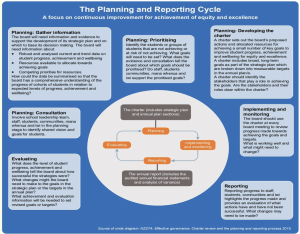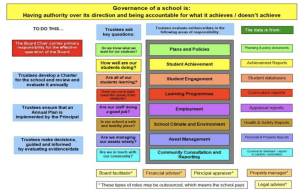He rei ngā niho, he parāoa ngā kauae
To have a whale’s tooth, you must also have a whale’s jaw: To hold the mantle of leadership, one must embody the true qualities of a leader.
Module Objectives:
- Understand governance structures in education.
- Master reporting requirements.
- Develop effective reporting skills.
- Ensure accountability and transparency.
- Understand compliance with regulations.
- Apply ethical principles to governance and reporting.
For all kura there is a ‘truth’ about who they are, how successful they are in the provision of learning outcomes and how they manage the resources, financial and otherwise in that provision. This includes their culture, academic performance, and their potential to provide for the learning and well being of both students (akonga) and staff and their engagement with, and in representation of, their community.
There are multiple lenses through which this ‘truth’ can be observed and performance measured through time and it is these multiple lenses which the Principal is responsible for keeping polished and focused. The focus being not what reporting looks like but why it is structured in the way that it is and how Principals best ensure delivery on reporting outcomes.
Section 1: In School Reporting
The diagrams below provide potential overviews of how reporting on progress is scaffolded within a school, including where the various layers of school leadership assume responsibility, and where the governance role takes over from management, at the point where the Board of Trustees is involved.
While these diagrams are simplistic they clarify the planning and reporting flow that lies behind the annual report, and the external ERO reviews, and the relevance and reliance each has on the other. They show the reporting chains designed to capture an authentic picture of school progress and future planning.
They also connect planning at each level, the setting of school direction, with the compliance pathway to government legislation (The Education and Training Act 2020) and set out where accountability should be visible.
This module invites you to examine aspects of the ‘official’ pictures of school performance, the reporting part of the strategic management and reporting cycle and provides you with the opportunity to reflect on either the shorter annual and internal mechanisms to capture delivery and engagement with the school community (charter, annual plan, analysis of variance) or the longer term external review cycle that determines how the school is sustaining delivery and engagement (ERO reports, MoE statistics).
As well as the references provided, you may need to access your kura’s latest ERO report, current charter and latest Analysis of Variance and Annual Report.


Resource 1: School Planning and Reporting Framework
Resource 2: Toolkit on school planning and reporting for school boards, principals, and staff
Section 2: External Reporting
Resource 3: “How ERO Reviews”
https://ero.govt.nz/how-ero-reviews
Task:
There are two options for this activity, to work either focus on in-school or external reporting. You need only respond to one option although you may wish to explore both for your own professional learning.
The readings provided give background to both the planning and reporting cycle and also to the functions of the ERO interface with schools. Given the nature of reporting at this level you may need to gather data for your response in discussion with your Principal and/or Board Chair.
In approx 150 words either:
EITHER: In-School Reporting
Use page 60 and 61 of the above document (https://web-assets.education.govt.nz/s3fs-public/2024-09/Te-Whakangarahu-Ngatahi-Toolkit-on-school-planning-and-reporting-for-boards-and-principals-September-2024.pdf?VersionId=odPTebMqtwU1HyVxfMEnWOm5sakVtmnY) to reflect on your kura’s progress last year. Talk with your principal or learning partner about your reflections. Post the key reflections from this discussion on the forum.
OR: ERO Reporting
Working with your school’s latest ERO report, reflect on the review process, the recommended changes from that report and the subsequent work done to adjust and refine the planning and reporting cycle in your school. Talk with your principal or learning partner about your reflections. Post the key reflections from this discussion on the forum.
Assessment:
- Completion of all readings.
- Discussion with your principal or learning partner.
- Participation in the online forum discussion.

3 Responses
Well done to you both on your reflection on the ERO review and findings. It is great that this has been useful for you and that is has fed into whole school planning. It is a valuable process when the feedback is future focused and gives direction to the areas where progress needs to be made. The current process of review is a far cry from some I have previously experienced during my time in Leadership. It is great when the findings are valid and provide a guide to actions required. Good review of achievement data, Susan, and list of actions taken to date, Katharine.
ERO REFLECTION
Our recent ERO review, a collaborative partnership, focused on data, acceleration, student well-being, and inclusive practices. Pre-visit document sharing promoted focused discussions and an alignment of thinking. The on-site review included compliance checks, ELL student interviews, Board, SLT discussion and classroom visits.
ERO’s negotiated recommendations aligned with our own, emphasising attendance, student progress, data success, and strengthening Te Reo Māori and Tikanga integration.
We are addressing these through strategic and curriculum plan revisions, and targeted professional development. Our strategic planning, actions and reporting now explicitly incorporates ERO’s feedback, ensuring sustained improvement and alignment with Ministry priorities. This collaborative process has reinforced our commitment to continuous enhancement.
REFLECTION ON STUDENT PROGRESS LAST YEAR
Overall Achievement (End of Year 2024):
Reading: 89% of all students are at or above their year level expectations, a 3% increase from 2023.
Writing: 85% of all students are at or above their year level expectations, consistent with 2023.
Mathematics: 94% of all students are at or above their year level expectations, a 2% increase from 2023.
Key Observations and Disparities:
Writing:
-A 9% disparity exists between girls and boys’ achievement.
-Māori student achievement in writing is 77%.
-Year 2 students have the highest proportion of students working below expectations at 29%
-Year 3 presents an anomaly, with only 10% achieving ‘above’ in writing, despite 34% achieving ‘above’ in reading, and a 12% writing acceleration rate. The overall achievement rate for year 3 is 84%.
Mathematics:
-Māori student achievement is 84%, indicating a 10% disparity.
-Year 5 students are the lowest achieving cohort at 86%.
-Girls outperform boys in mathematics. (95% to 91%)
Reflections on the Reporting process using ERO
This is an opportunity for growth and reflection.This process was approached as a partnership, with collaborative discussions and negotiated actions.
One aspect of this review is communication. School leaders and ERO evaluators engaged in open dialogue. This recognised the strengths of our classroom practice, assessment and the leadership team were acknowledged. Areas for improvement were identified. This fostered trust and respect, allowing for an accurate representation of the school’s progress since the last review.
Shared decision-making was an important part of the review. Instead of a one-sided evaluation, the school actively participated in setting goals and shaping the where to next.
Finally, the negotiated actions from this review ensure that the recommendations align with the school’s vision and community needs. Because it is co constructed there is greater buy-in for staff and leaders.A partnership-focused ERO review strengthens not only the school’s performance but also its capacity for ongoing improvement.
ERO reporting From the ERo Evaluative Report in Oct 2025
Background
The agreed next steps for the school are to:
further strengthen schoolwide collection and use of student progress and achievement data to continue to respond effectively to students’ learning needs
continue to strengthen the integration of te reo Māori in student learning experiences
increase rates of regular student attendance.
Every six months:
monitor the implementation of the school’s subject progressions to identify how effectively they are being used schoolwide to assess learning, inform teacher planning, and support students and parents to know what is needed to make progress and achieve
review the extent to which the school has progressed in increasing the use of te reo Māori in the school curriculum
monitor, and report to the board, rates of regular student attendance, and plan appropriate responses.
Annually:
Report to the board, trends and patterns over time for:
progress and achievement data, including the effectiveness of acceleration for target students
rates of regular student attendance and the effectiveness of the school’s responses to support increased student engagement.
Actions taken to date:
Strategic plan and annual plan updated to reflect these actions For example:
Staff are provided with PLD to develop their Te reo, Tikanga understandings, skill and competencies.
Biannual hui and community consultation are regular features.
Community-whanau surveys, parent conversations, open days and celebration events will be held to engage, collect feed forward and inform next steps. (Achievable Continuous Improvement)
A structured programme of Tainui Tikanga-a-iwi and structured Te Reo is developed across levels of Hukanui with a future Year 6 aspiration of reaching Level 1 and beyond in the English Medium Māori curriculum.
Provide resourcing to ensure equitable outcomes and success for Māori.
Grow our staff to lead whaikorero and karanga at Mihi Whakatau and Pōwhiri.
Staff Meetings and waanaga implemented to upskill staff in pepeha, karanga, whaikorero
Continued practice of welcoming new students and staff to school through mihi whakatau and Blessing of new structures by local iwi.
Teams have had a direct focus to improve the use of Te Reo Maori across curriculum
Kaiawhina to assist with a timetable of visits in classes to focus on morning routine ( , formulaic phrases, tohu, integration across the curriculum.
Have progress statements at each level of the school for Te reo Maori and Tikanga outcomes.
Planned integration and connection with iwi ( marae visit, historical places of interest)
Data collection is regular and informed. BOT, staff analysis and enrichment as needed.
Use of progressions through our school management system are edited to align with the new curriculum.
Attendance reports generated through the SMS and contacts made as needed prior to dropping below 70% attendance.
Assessment is relative to data collection in as if it is informing or summative.